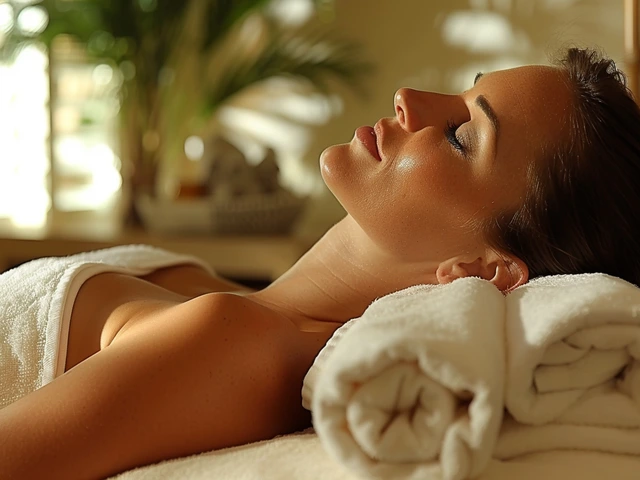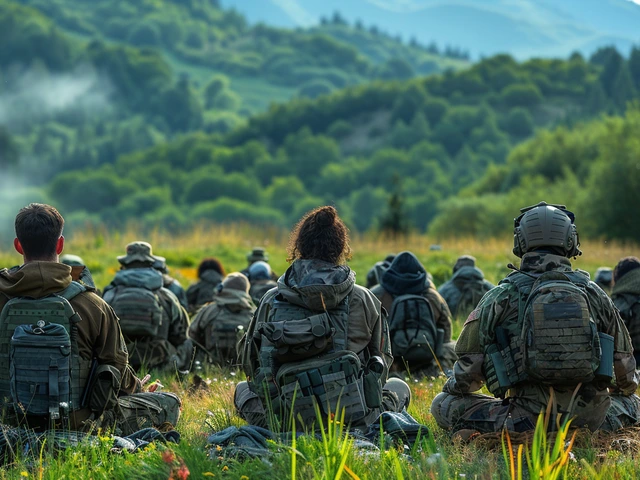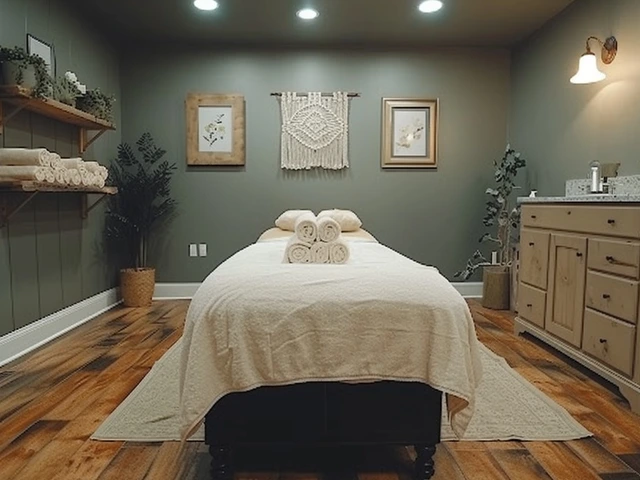Quick Massage Techniques for Dogs
Want a fast way to calm your dog, ease tight muscles, or speed recovery after play? These quick massage techniques are built for busy owners. You don’t need special gear—just a calm space, clean hands, and a few minutes. Follow your dog’s cues and keep things gentle; dogs tell you what they like with body language, not words.
Basic strokes and how to use them
Start with light gliding strokes (effleurage). Place an open hand at the shoulder and stroke toward the tail with smooth pressure. This warms the muscles and helps your dog relax. Next try gentle kneading (petrissage): lift soft skin and muscle between fingers and thumb and roll gently for a few seconds—good for bigger muscles like the thighs and shoulders. Use circular thumb pressure for tense spots: press with a thumb in small, slow circles for 5–10 seconds, then move on. For tight areas along the spine, use flat-fingered sweeping motions to avoid pressing directly on bones. Finish with light tapping or stroking to wake circulation without overstimulating the dog.
Pressure matters. Puppies and small breeds need barely-there touch. Medium dogs take light to moderate pressure. For large or working dogs, you can go firmer but never push through sharp reactions. Watch ears, eyes, tail, and breathing—soft yawns, leaning in, or closed eyes mean your dog likes it. Pulling away, growling, or sudden tensing means stop and check for pain.
Quick 5-minute routine (easy to remember)
1) Warm-up (60 seconds): Slow effleurage from shoulders to hips to calm. 2) Neck and shoulders (60 seconds): Gentle kneading in short bursts, 3–5 seconds per spot. 3) Back and loins (60 seconds): Sweep along each side of the spine with flat hands; skip pressing on the spine itself. 4) Hindquarters (45 seconds): Circular thumb pressure and light kneading on the thighs. 5) Finish (45 seconds): Long gliding strokes and a soft scratch where your dog loves it. Keep the routine slow and keep checking your dog’s comfort.
Use this after walks to reduce stiffness, before bed to calm anxious dogs, or as a quick recovery tool after moderate exercise. For post-workout recovery, follow with cool water and rest—massage speeds circulation but doesn’t replace rest.
Safety and when to get help: Don’t massage open wounds, swollen joints, feverish dogs, or areas with noticeable heat or bruising. If your dog shows persistent pain, limps, or reacts sharply to touch, stop and call your vet. After surgery, ask your vet when gentle massage is safe.
Tools that help: a soft brush or silicone massage mitt for short sessions, a tennis ball under the belly for gentle myofascial release (use with care), and a towel for traction during stretches. Keep sessions short at first—2–5 minutes—and build up as your dog enjoys them. Small, regular sessions beat long, rare marathons.
Want a simple habit? Do a two-minute shoulder and back rub every evening. It builds trust, finds tight spots early, and keeps your dog moving better. Try it tonight and see how your dog relaxes into your hands.

Chair Massage: The Quick and Easy Way to Better Health
Hey there! Today let's talk about something sure to boost your wellness - Chair massages! These quick and easy techniques can lead to better health right at your desk. I'm going to share lots of news, tips, and tricks about how using a chair massage can reduce stress, improve your mood and even enhance productivity. So, sit back (in your massage chair, of course) and get ready to learn something new and beneficial for your well-being.
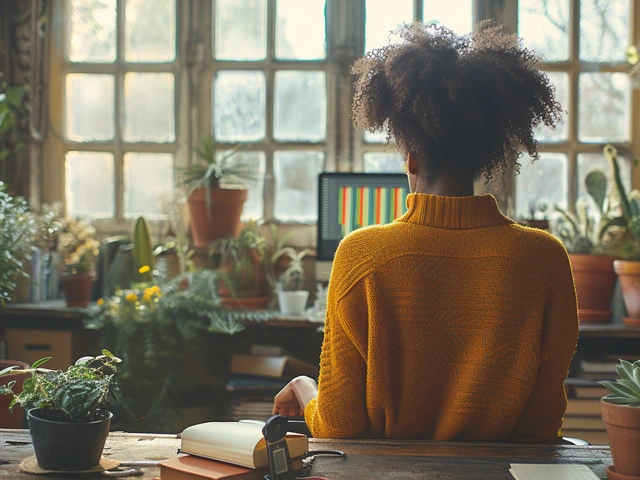
The Role of Biofeedback in Mental Health
Aug, 8 2023
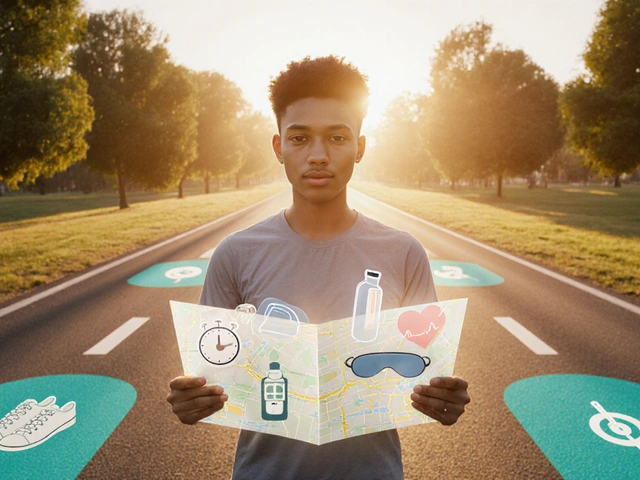
How Health Goals Spark Real Change in Your Life
Oct, 15 2025
